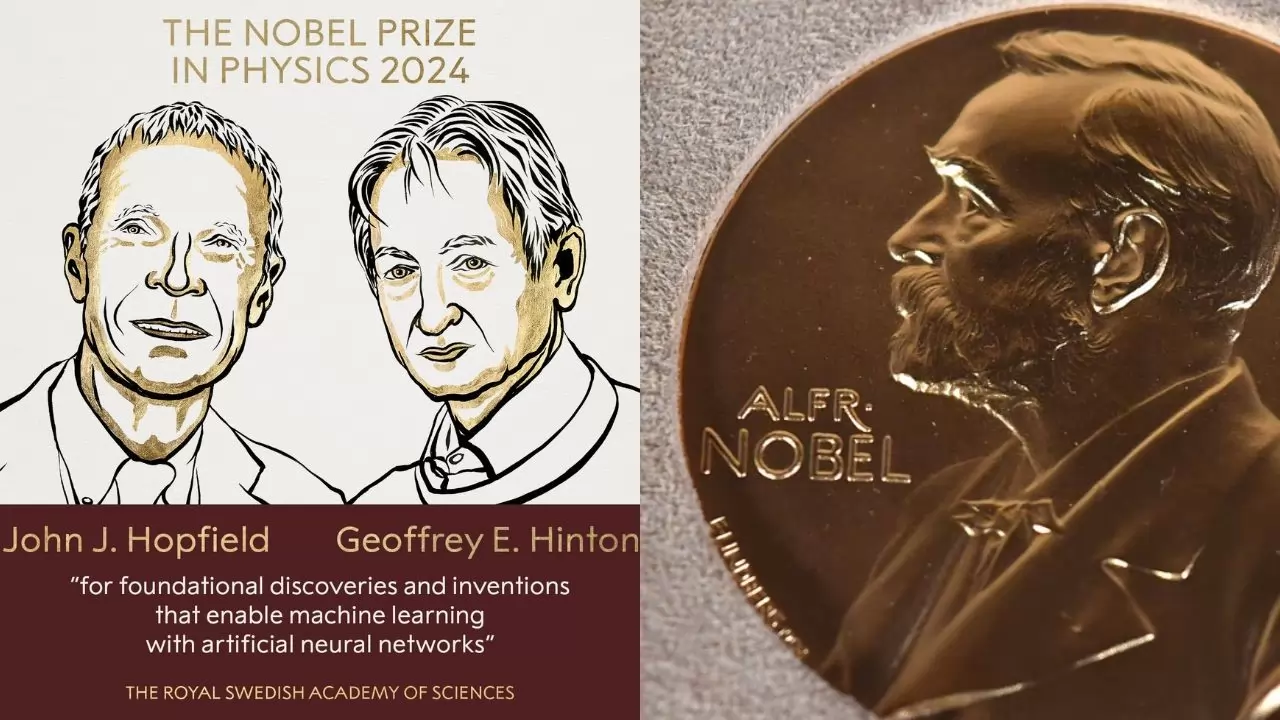
Their pioneering work laid the foundation for many modern applications of machine learning, which is revolutionizing various fields, from research to everyday life. (X/NobelPrize)
World News: The Royal Swedish Academy of Sciences has awarded the Nobel Prize in Physics for 2024 to John Hopfield and Geoffrey E. Hinton for their groundbreaking contributions to machine learning with artificial neural networks. Their pioneering work laid the foundation for many modern applications of machine learning, which is revolutionizing various fields, from research to everyday life. By utilizing principles from physics, they developed powerful neural networks that allow computers to learn from data, adapt, and improve their performance over time without explicit programming.
BREAKING NEWS
The Royal Swedish Academy of Sciences has decided to award the 2024 #NobelPrize in Physics to John J. Hopfield and Geoffrey E. Hinton “for foundational discoveries and inventions that enable machine learning with artificial neural networks.” pic.twitter.com/94LT8opG79— The Nobel Prize (@NobelPrize) October 8, 2024
John Hopfield, a professor at Princeton University, is best known for inventing the Hopfield network. His innovation uses physical principles, specifically atomic spin, to save and recreate patterns in data. The Hopfield network describes how atomic spin, which causes each atom to act as a tiny magnet, can be applied to memory storage and retrieval. This breakthrough laid a crucial foundation for later advances in machine learning.
Geoffrey E. Hinton, a professor at the University of Toronto and often referred to as the "godfather of AI," expanded upon Hopfield's network to develop the Boltzmann machine. This network model can recognize complex patterns in data by learning from characteristic elements. Hinton’s work has been instrumental in the rise of artificial neural networks, which are now essential for advancements in AI, robotics, and numerous other scientific fields. Upon receiving the Nobel Prize, Hinton expressed his astonishment, saying, "I am flabbergasted, very surprised." This honor marks a significant recognition of their contributions to both physics and artificial intelligence.





Copyright © 2026 Top Indian News
